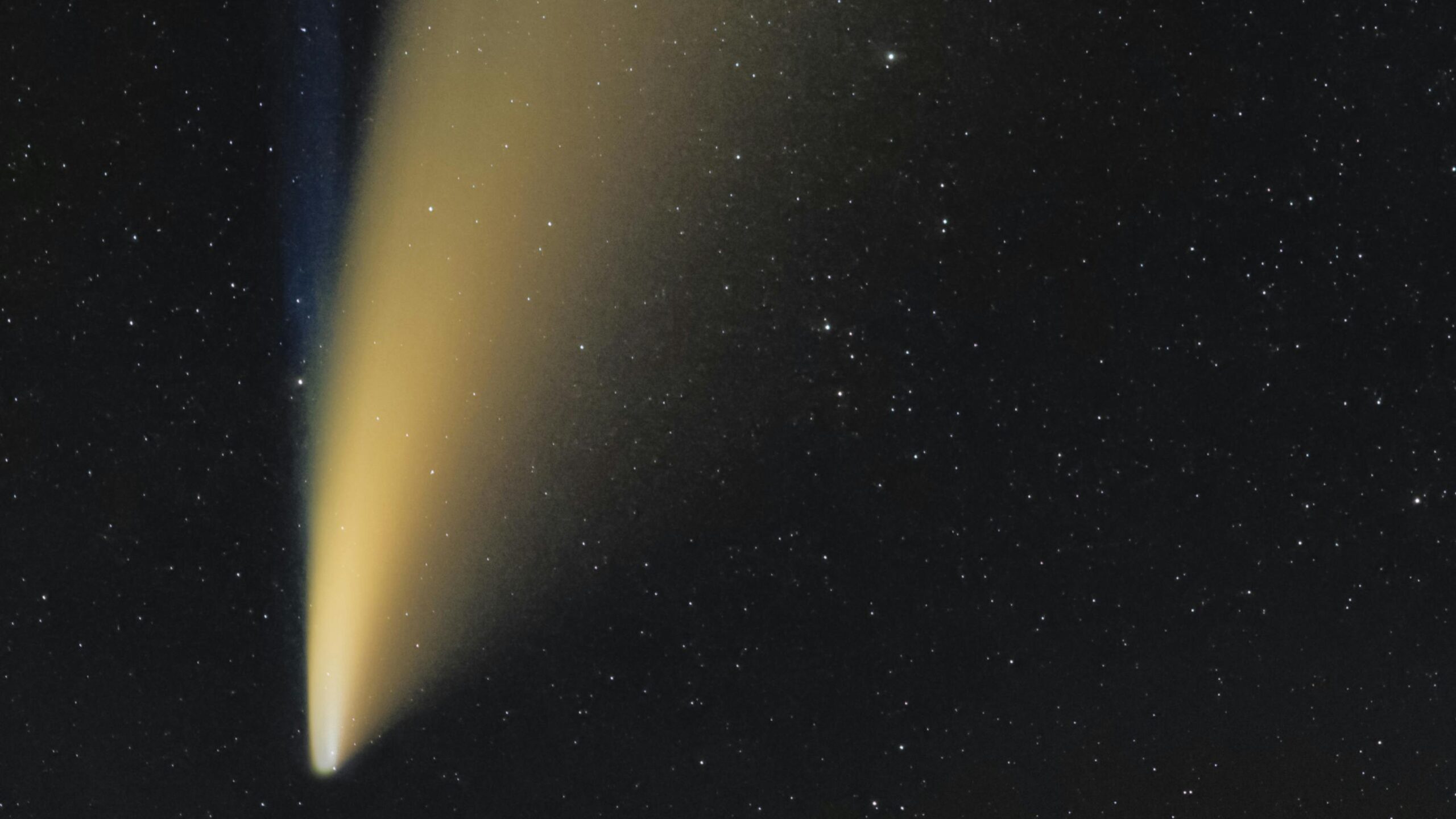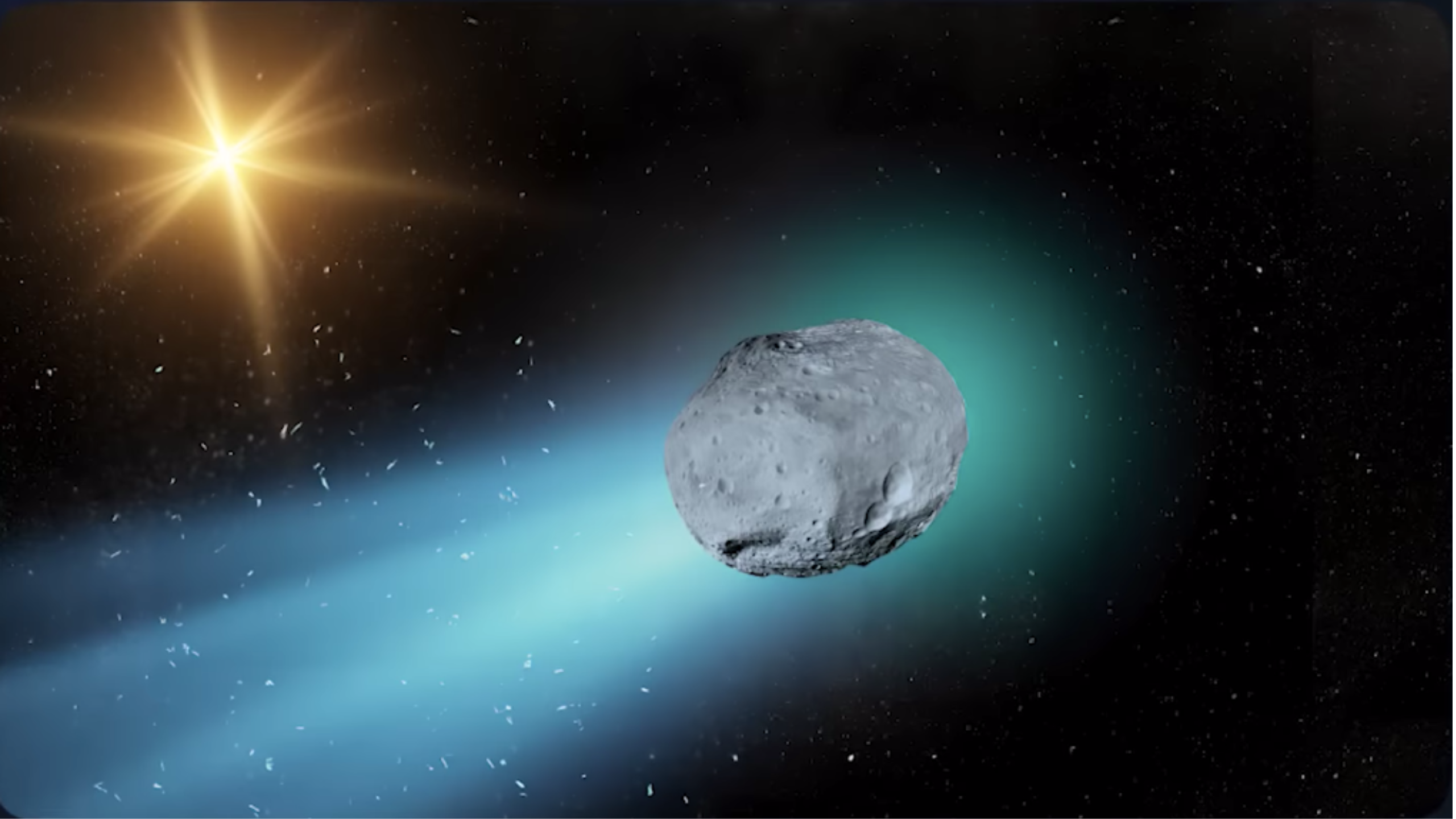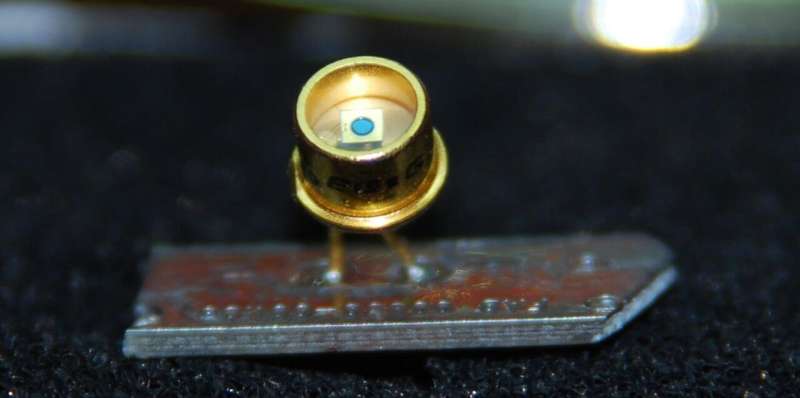When the interstellar object 3I/ATLAS appeared in the summer sky, it captured the attention of astronomers and the public alike. Initial reports suggested that this cosmic visitor dramatically changed colors as it approached the Sun, transitioning from a fiery red to a ghostly green. However, experts affiliated with NASA have provided a more nuanced explanation, suggesting that the perceived color shifts may be a visual illusion rather than an actual transformation.
Discovered in July 2023, 3I/ATLAS is only the third verified interstellar object identified, following the notable discoveries of ‘Oumuamua in 2017 and 2I/Borisov in 2019. The object made its closest approach to the Sun on October 30, 2023, drawing further scrutiny from solar observatories, which captured striking images of its increased brightness. Observers noted that 3I/ATLAS appeared “distinctly bluer than the Sun,” leading to a flurry of headlines suggesting multiple color changes.
Qicheng Zhang, a postdoctoral fellow at Lowell Observatory in Arizona, addressed these interpretations directly. Speaking to Space.com, Zhang stated, “We don’t have any evidence for the gas coma changing colors. Our result just showed that the gas coma is likely still around and contributing substantially to the overall brightness.” This assessment indicates that the bluish-green hue surrounding 3I/ATLAS is a regular occurrence, associated with typical comet behavior.
Comets, often characterized as “dirty snowballs,” release gas and dust when solar heat vaporizes their icy surfaces. As sunlight interacts with molecules like diatomic carbon (C2) and cyanogen (CN), they emit a bluish-green glow familiar to astronomers. Zhang noted that this process likely began as early as September when amateur astronomers first spotted a green halo around the object. He added, “As far as we know, the comet just ‘changed color’ once when its gas coma first became visible or bright, and it’s still like that now—only brighter.”
As interest in 3I/ATLAS grew, new images taken on November 5 from the R. Naves Observatory in Spain revealed that the object lacked a visible tail, a key characteristic of comets. This absence has raised questions among astrophysicists. Avi Loeb, a scientist from Harvard University, commented that if the object continues to show no tail, “it is likely not a naturally occurring comet.” His analysis, published on Medium, posits that the lack of a tail challenges traditional comet models, which expect a visible tail formed by intense solar heating and substantial gas release.
Loeb has documented several anomalies that distinguish 3I/ATLAS from typical comets. The object has reportedly brightened fivefold since its perihelion, displays an unusual anti-tail pointing toward the Sun, and follows a hyperbolic trajectory, confirming its origin from outside our Solar System. Additionally, Loeb highlighted its remarkable size—approximately comparable to Manhattan—and its motion, which suggests a unique form of non-gravitational acceleration.
While some speculate about the possibility of alien-engineered propulsion, NASA maintains that 3I/ATLAS is a naturally occurring object. The interstellar visitor is expected to reach its nearest point to Earth in late December 2023, approximately 170 million miles away, before exiting the Solar System in January.
In light of these findings, Loeb has urged NASA to release high-resolution images captured by the Mars Reconnaissance Orbiter’s HiRise camera. He emphasized the importance of understanding the nature of such visitors, stating, “When you have a visitor to your backyard, you better know its nature.”
The story of 3I/ATLAS serves as a compelling reminder of the mysteries that remain in our cosmic neighborhood. As scientists continue to study this intriguing object, each discovery brings us closer to unraveling the secrets of deep space.







